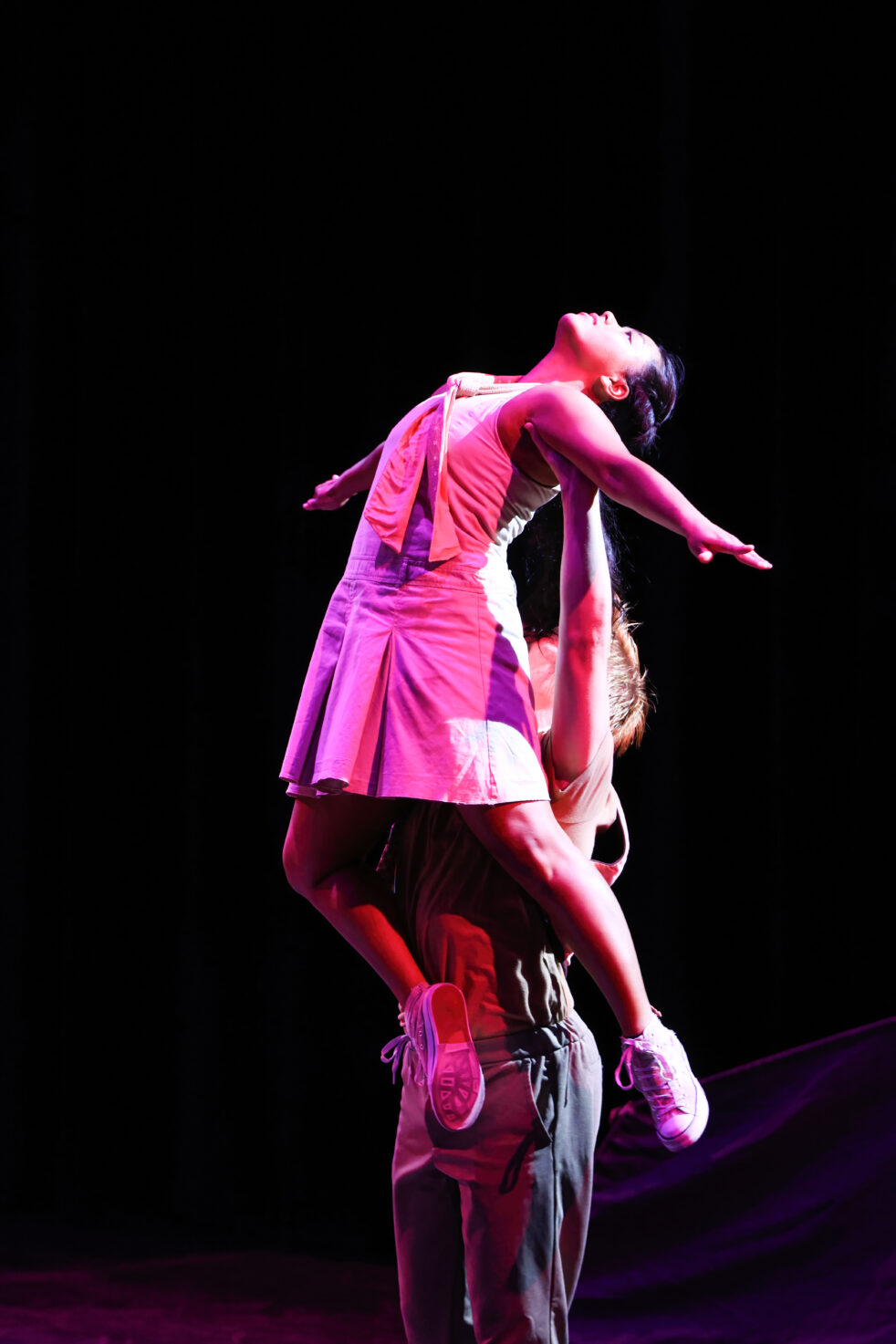On Sept. 16, “IKKAI means once: a transplanted pilgrimage,” was performed in the Ferst Center for the Arts as a way of communicating the history of the Japanese American people. The performance is the first installment of “Sankei,” a three-pronged multi-dimensional project reflecting on Japanese American internment during World War II and the cultural continuation of their communities today.
A 45-minute performance, though it felt much shorter, invoked an emotional experience for the audience. The show first began with Yayoi Kambara, artistic director and choreographer, providing a background on genocidal assimilation, Japanese American history and her connection to the piece.
The project itself was commissioned by the San Jose Japanese American Citizens League, the country’s oldest and largest Asian American civil rights organization. Sharon Uyeda, co-president of the chapter, also attended the event.
“[The performance] gives the audience another perspective on the incarceration and that period of history that the Japanese Americans experienced in World War II. It’s very creative,” Uyeda said.
The show ranged from unique music, poetry by Janice Mirikitani, light changes and the dance itself, all conveying the creativity involved behind the scenes.
“There’s been a lot of different productions, more in documentary, filming and so forth — matter of fact, we have an immersive film sort of like this, where we have some music and some readings done, as well as a film on the different Japanese American regimen and American groups that fought in the war. It is called ‘Defining Courage,’” Uyeda said.
Uyeda spoke on the background work, continuing, “I really have supported this venture. They came out for a week and rehearsed in our facility. It wasn’t a theater; it was a gymnasium. They kind of transformed it. Using just limited scenery and props, the performers and dancers share different aspects,” describing the theatrics and creativity involved in sharing this piece of history.
Uyeda also spoke about the type of dance involved in the performance to come. “This is more interpretive. It’s not like LA or Japanese classical dancing. Matter of fact, at the end of the program, everyone will be invited to participate in a folk dance. Audience participation will occur. One of the performers is retired, but she is one of the co-directors of our TAIKO drum group in San Jose. She’ll be part of the performance, she’s like the spirit. She’ll be drumming at the end of this folk dance,” Uyeda said.
One critical part of the show was the fact that the audience sat on the stage, along with the performers themselves. At the beginning of the performance, the introducers explained the interactive portion that would take place at the end of the dance. They taught six simple movements: digging, picking, gathering, sweating, turning the wheel and throwing the net into the sea.
Once the performance started, the dancers began moving slowly to the quiet music and laying out the props.
Kambara, the director and choreographer of the show, gave the audience a bit of her own background. “I was born in Japan. I moved to the States when I was seven; I also moved to England, but as an adult, I have lived in the United States. All my friends are third or fourth-generation Japanese Americans. My grandparents were incarcerated,” Kambara said.
“I just had this weird thing, where I benefited from being Japanese American, you know people who helped me and my kids, like the Asian community. I realized, as a dancer, that none of the stories I had told had to do with things in our life,” Kambara said, sharing her motivation for highlighting her community through the performance.
Kambara shared a pilgrimage she took to Manzanar in the Eastern Sierras when she began thinking about this piece. “Sharon took me,” Kambara said.
“It was her and her organization that took [me] to Manzanar. It’s not just important to Japanese people, it’s a part of American history too. I think it helps us recognize that even though there are more white people in other places, I think we are all diasporic unless you’re native, and we need to remember that,” Kambara said.
The dance concluded with all audience members being invited on stage, dancing the six simple movements in a circle dance, following the guidance of the performers. The overwhelming recognition this performance received is undoubtedly deserved by its emotional story and journey.
With the first installment of “Sankei” complete, the trilogy will continue with the release of the dance film “Out of the Dust” and XR installations from “NI DO TO” in the Ferst Center starting Monday, Oct. 2.
